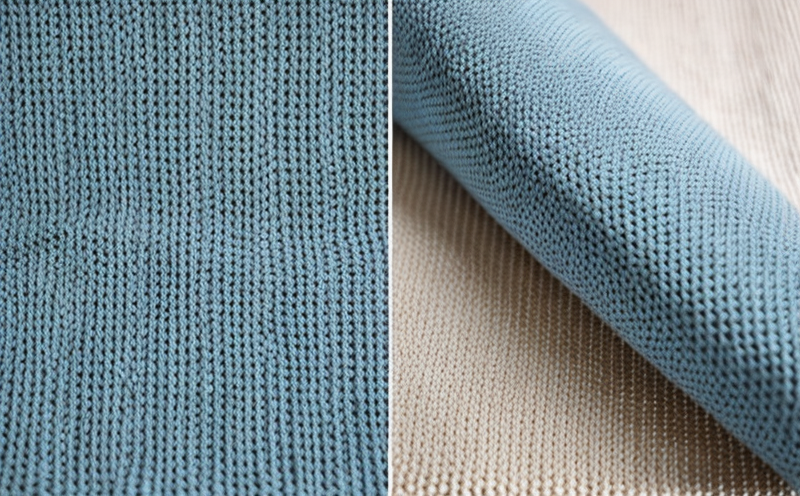Shrinkage behavior of woven vs knitted fabrics
The Crucial Difference Between Woven and Knitted Fabrics Understanding Shrinkage Behavior
As a manufacturer or designer of textiles, understanding the behavior of your fabrics is crucial to ensure consistent quality and performance. One key aspect of fabric behavior that can significantly impact product development and manufacturing processes is shrinkage. Specifically, the shrinkage behavior of woven vs knitted fabrics is a critical consideration for businesses in the textile industry.
Shrinkage refers to the reduction in size or volume of a material due to external factors such as heat, moisture, or mechanical stress. In textiles, shrinkage can affect the fit, appearance, and durability of final products. Woven and knitted fabrics exhibit distinct characteristics that influence their shrinkage behavior, making it essential for manufacturers to understand these differences.
In this article, well delve into the world of fabric science and explore the key advantages of understanding the shrinkage behavior of woven vs knitted fabrics. Well also provide a comprehensive QA section to address common questions and concerns.
The Importance of Shrinkage Behavior
Understanding the shrinkage behavior of your fabrics is crucial for several reasons
Predictable Results By knowing how your fabrics will behave under various conditions, you can predict with confidence how they will perform in final products.
Consistent Quality Consistent fabric performance ensures consistent product quality, reducing the risk of defects and improving customer satisfaction.
Reduced Costs Understanding shrinkage behavior helps manufacturers plan and allocate resources effectively, minimizing waste and reducing costs associated with material management.
Improved Design Accuracy With a clear understanding of fabric properties, designers can create more accurate patterns and designs, ensuring that final products meet specifications.
Advantages of Understanding Shrinkage Behavior
Here are the key benefits of knowing how woven and knitted fabrics behave
Benefits of Woven Fabric Analysis
Improved Mechanical Properties Woven fabric analysis helps manufacturers optimize weave density, yarn count, and other factors to achieve desired mechanical properties.
Enhanced Durability Understanding the shrinkage behavior of woven fabrics enables manufacturers to design products that withstand wear and tear.
Better Fit With accurate knowledge of woven fabric properties, designers can create patterns that ensure a consistent fit for customers.
Benefits of Knitted Fabric Analysis
Increased Flexibility Knitted fabric analysis helps manufacturers optimize yarn type, needle density, and other factors to achieve desired flexibility.
Improved Moisture Management Understanding the shrinkage behavior of knitted fabrics enables manufacturers to design products that manage moisture effectively.
Enhanced Comfort With accurate knowledge of knitted fabric properties, designers can create products that provide optimal comfort for customers.
Benefits of Comparing Woven and Knitted Fabrics
Comprehensive Understanding By analyzing both woven and knitted fabrics, manufacturers gain a comprehensive understanding of their materials.
Informed Decision-Making With accurate knowledge of fabric properties, manufacturers can make informed decisions about material selection, design, and manufacturing processes.
Competitive Advantage Companies that understand the shrinkage behavior of their fabrics can develop products with improved performance, quality, and durability.
What is Shrinkage Behavior?
Shrinkage behavior refers to the changes in size or volume of a fabric due to external factors. In woven and knitted fabrics, shrinkage occurs due to differences in yarn properties, weave density, needle density, and other manufacturing variables.
QA Frequently Asked Questions About Shrinkage Behavior
What is the main difference between woven and knitted fabrics?
Woven fabrics are created using interlacing threads or yarns, while knitted fabrics are made by using needles to create loops in yarn.
How does shrinkage affect product quality?
Shrinkage can cause products to lose their shape, fit poorly, and have a shorter lifespan.
Can I predict fabric behavior without testing?
While its possible to make educated estimates based on material properties, accurate predictions require laboratory testing.
Getting Started with Eurolabs Laboratory Services
At Eurolab, we offer comprehensive laboratory services to help manufacturers understand the shrinkage behavior of woven and knitted fabrics. Our team of experts uses advanced equipment and techniques to analyze fabric properties and provide actionable insights for product development and manufacturing processes.
By partnering with Eurolab, businesses can
Improve material selection and design
Optimize manufacturing processes
Enhance product quality and performance
Dont let shrinkage behavior compromise your products. Contact us today to learn more about our laboratory services and how we can help you achieve success in the textile industry.
Conclusion
Understanding the shrinkage behavior of woven vs knitted fabrics is essential for businesses in the textile industry. By knowing how fabrics behave under various conditions, manufacturers can ensure consistent quality, predict results with confidence, and reduce costs associated with material management.
At Eurolab, were committed to helping you achieve success through accurate analysis and comprehensive insights. Contact us today to learn more about our laboratory services and take your business to the next level.




